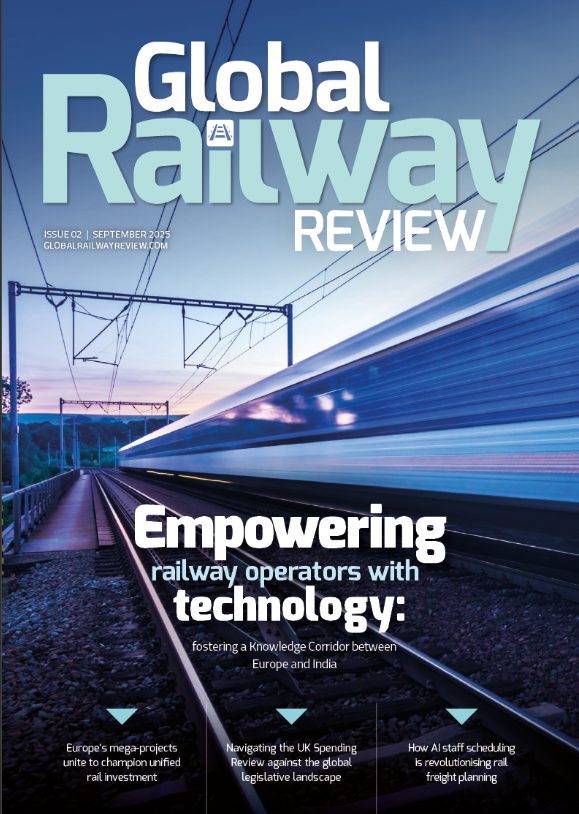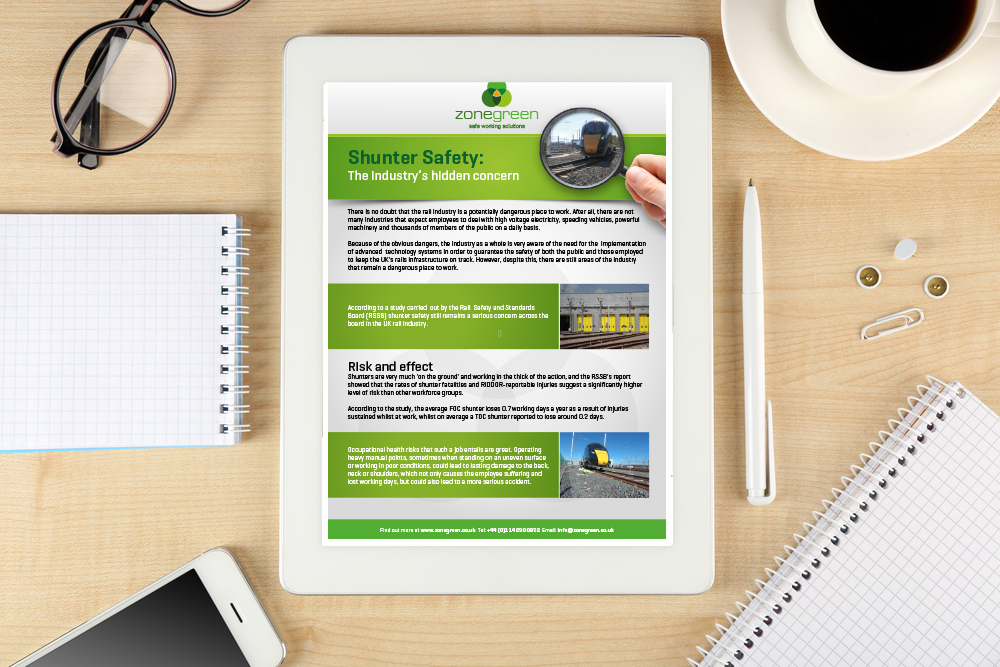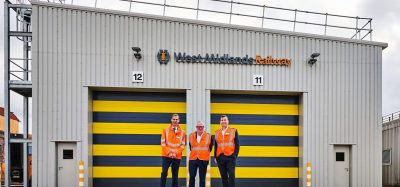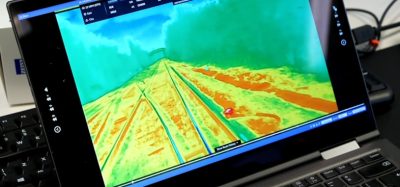Whitepaper: Shunter Safety – The industry’s hidden concern
Posted: 13 December 2018 | Zonegreen | No comments yet
After all, there are not many industries that expect employees to deal with high voltage electricity, speeding vehicles, powerful machinery and thousands of members of the public on a daily basis. Because of the obvious dangers, the industry as a whole is very aware of the need for the implementation of highly-tuned systems in order to guarantee the safety of both the public and those employed to keep the UK’s rail infrastructure on track. However, despite this, there are still areas of the industry that remain a dangerous place to work.
According to a recent study carried out by the Rail Safety and Standards Board (RSSB) shunter safety still remains a serious concern across the board in the UK rail industry.
Risk and effect:
Shunters are very much ‘on the ground’ and working in the thick of the action, and the RSSB’s report showed that the rates of shunter fatalities and RIDDOR-reportable injuries suggest a significantly higher level of risk than other workforce groups. According to the study, the average FOC shunter loses 0.7 working days a year as a result of injuries sustained whilst at work, whilst on average a TOC shunter reported to lose around 0.2 days.
Occupational health risks that such a job entails are great. Operating heavy manual points, sometimes when standing on an uneven surface or working in poor conditions, could lead to lasting damage to the back, neck or shoulders, which not only causes the employee suffering and lost working days, but could also lead to a more serious accident.
OUT NOW: The Definitive Guide to Rail’s Digital Future
The rail industry is undergoing a digital revolution, and you need to be ready. We have released our latest market report, “Track Insight: Digitalisation.”
This is not just another report; it’s your comprehensive guide to understanding and leveraging the profound technological shifts reshaping our industry. We move beyond the buzzwords to show you the tangible realities of AI, IoT, and advanced data analytics in rail.
Discover how to:
- Optimise operations and maintenance with real-time insights.
- Enhance passenger services through seamless, high-speed connectivity.
- Leverage technologies like LEO satellites to improve safety and efficiency.
Featuring expert analysis from leaders at Nomad Digital, Lucchini RS, Bentley Systems and more, this is a must-read for any rail professional.
The rest of this content is restricted - login or subscribe free to access


Why subscribe? Join our growing community of thousands of industry professionals and gain access to:
- Bi-monthly issues in print and/or digital format
- Case studies, whitepapers, webinars and industry-leading content
- Breaking news and features
- Our extensive online archive of thousands of articles and years of past issues
- And it's all free!
Click here to Subscribe today Login here
Related content from this organisation
- Zonegreen Secures Landmark Maintenance Contract
- SWR train depot staff protected with state-of-the-art safety technology
- Zonegreen complete installation of its Points Converter system for SWR
- Zonegreen install sidings protection at Doncaster Carr rail depot
- Zonegreen complete first safety installation for rail freight sector
Related topics
Infrastructure Developments, Regulation & Legislation, Safety









